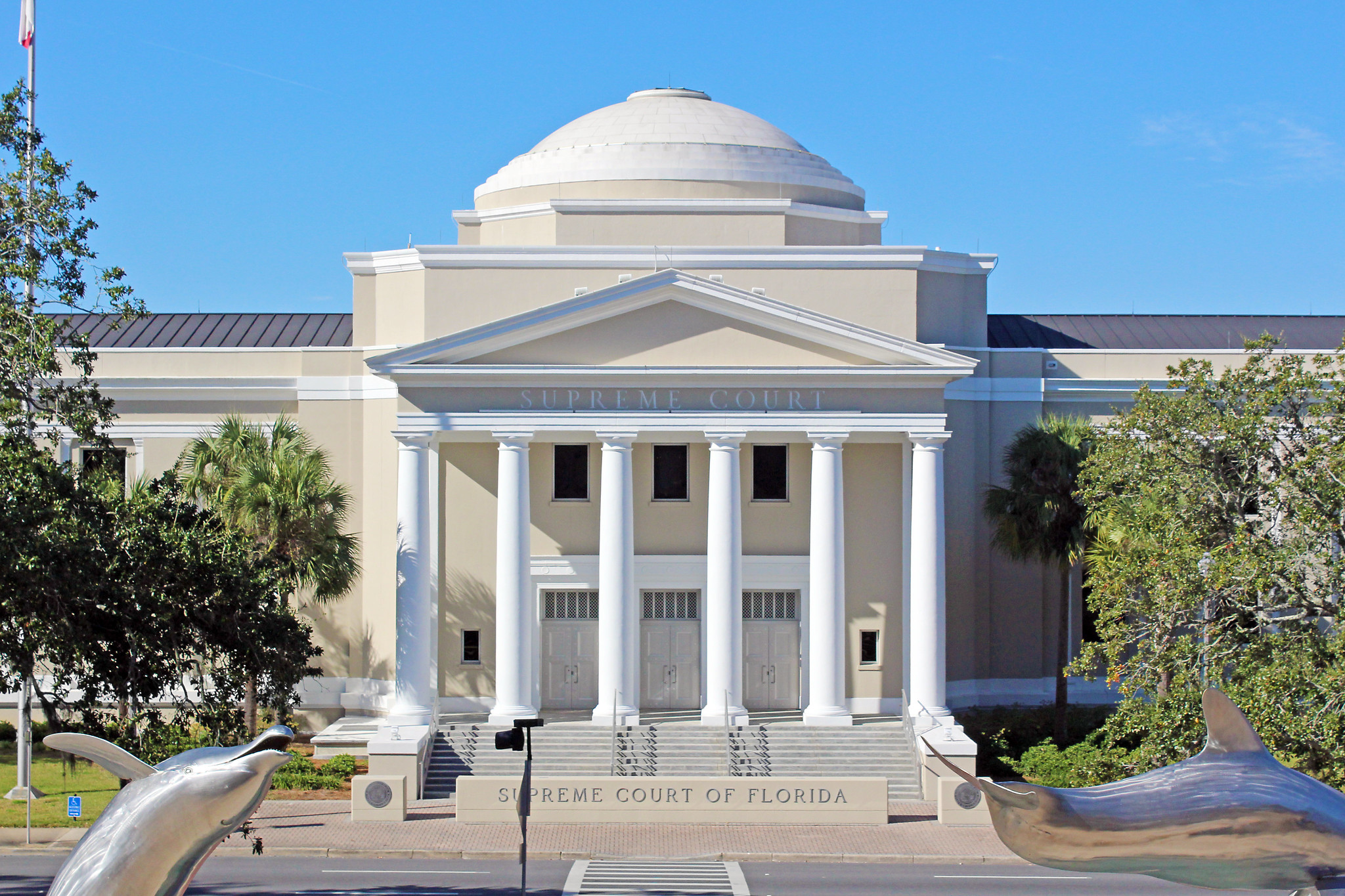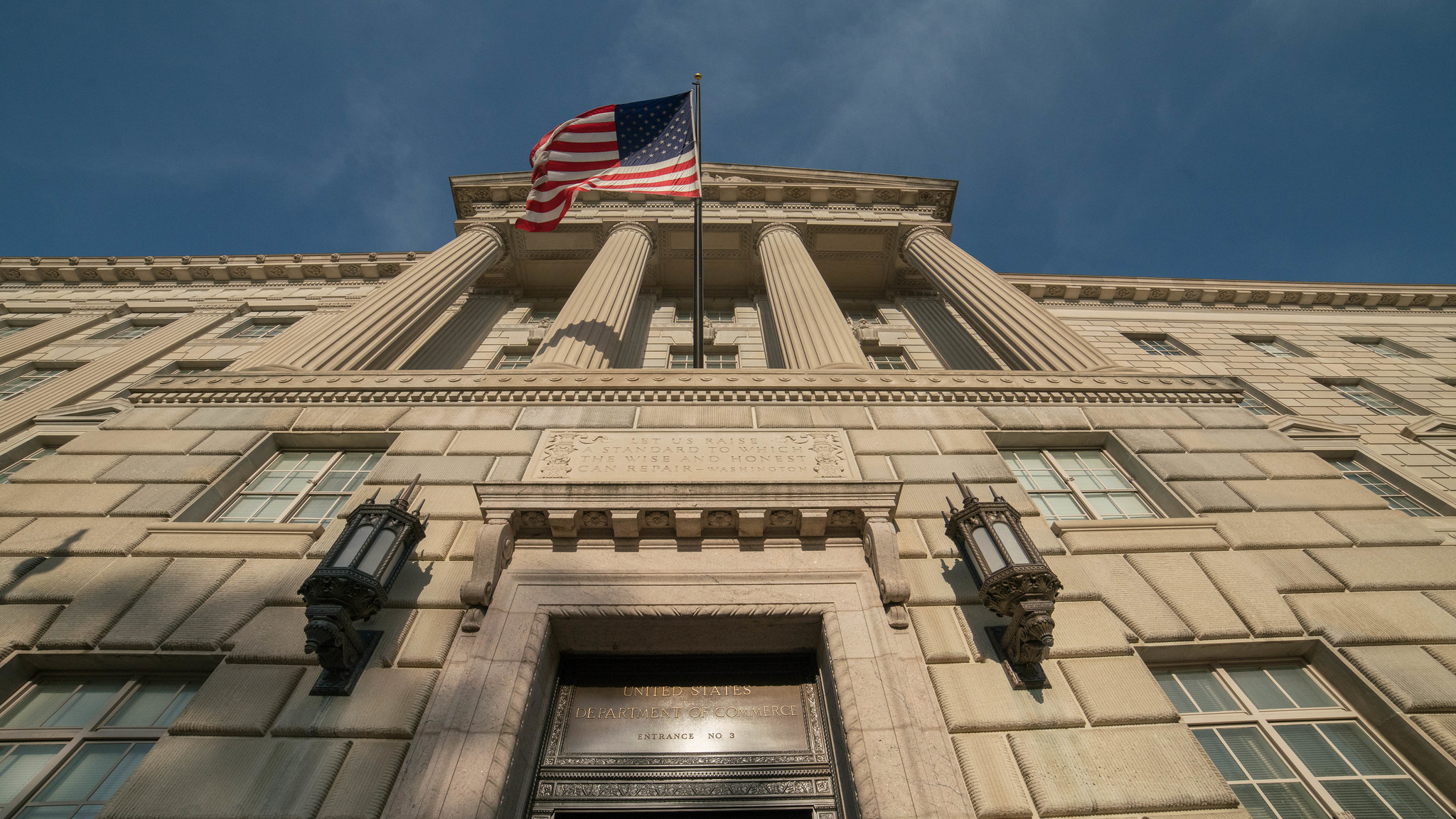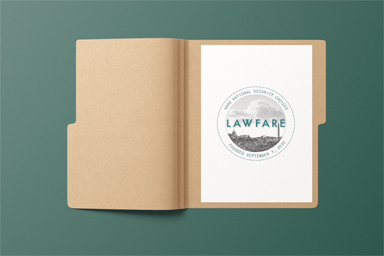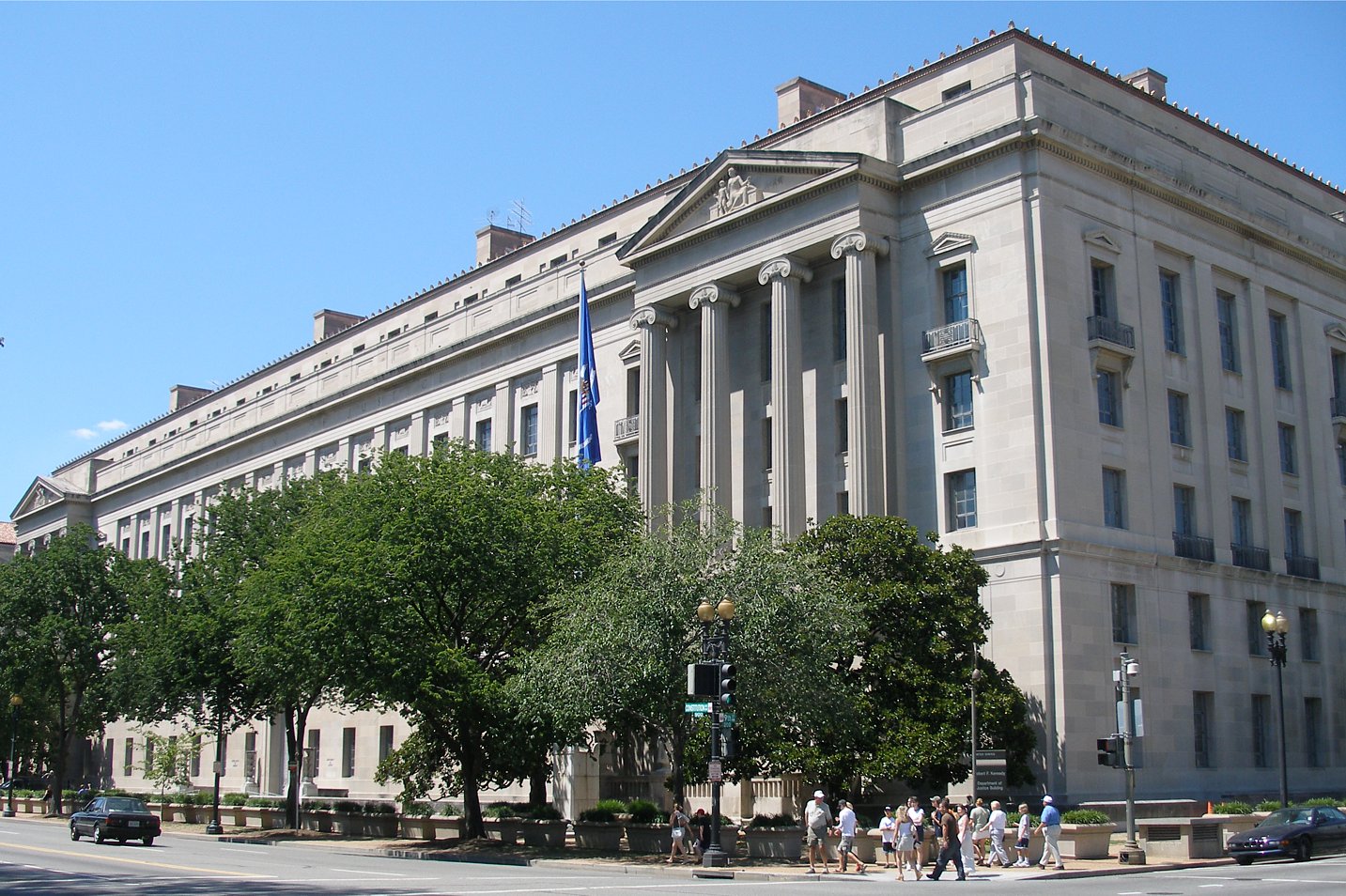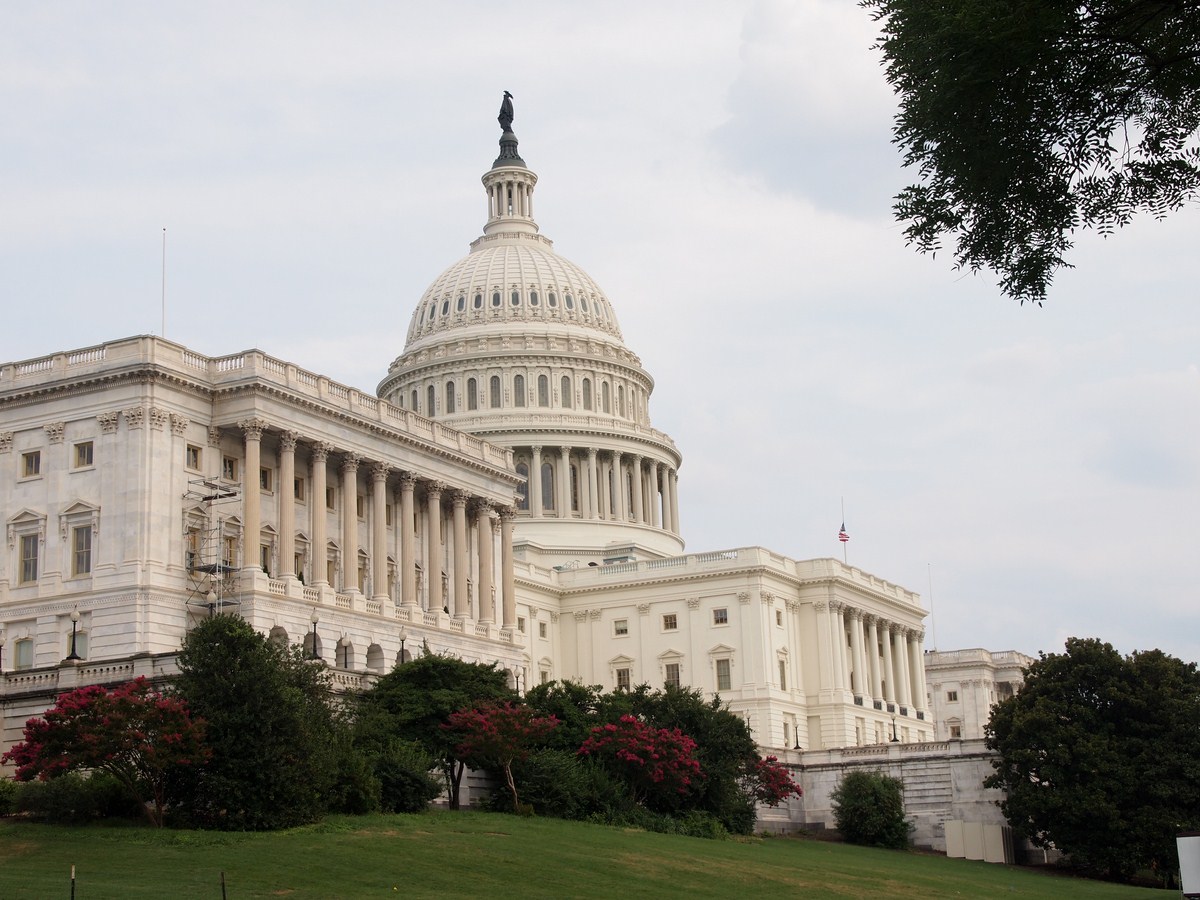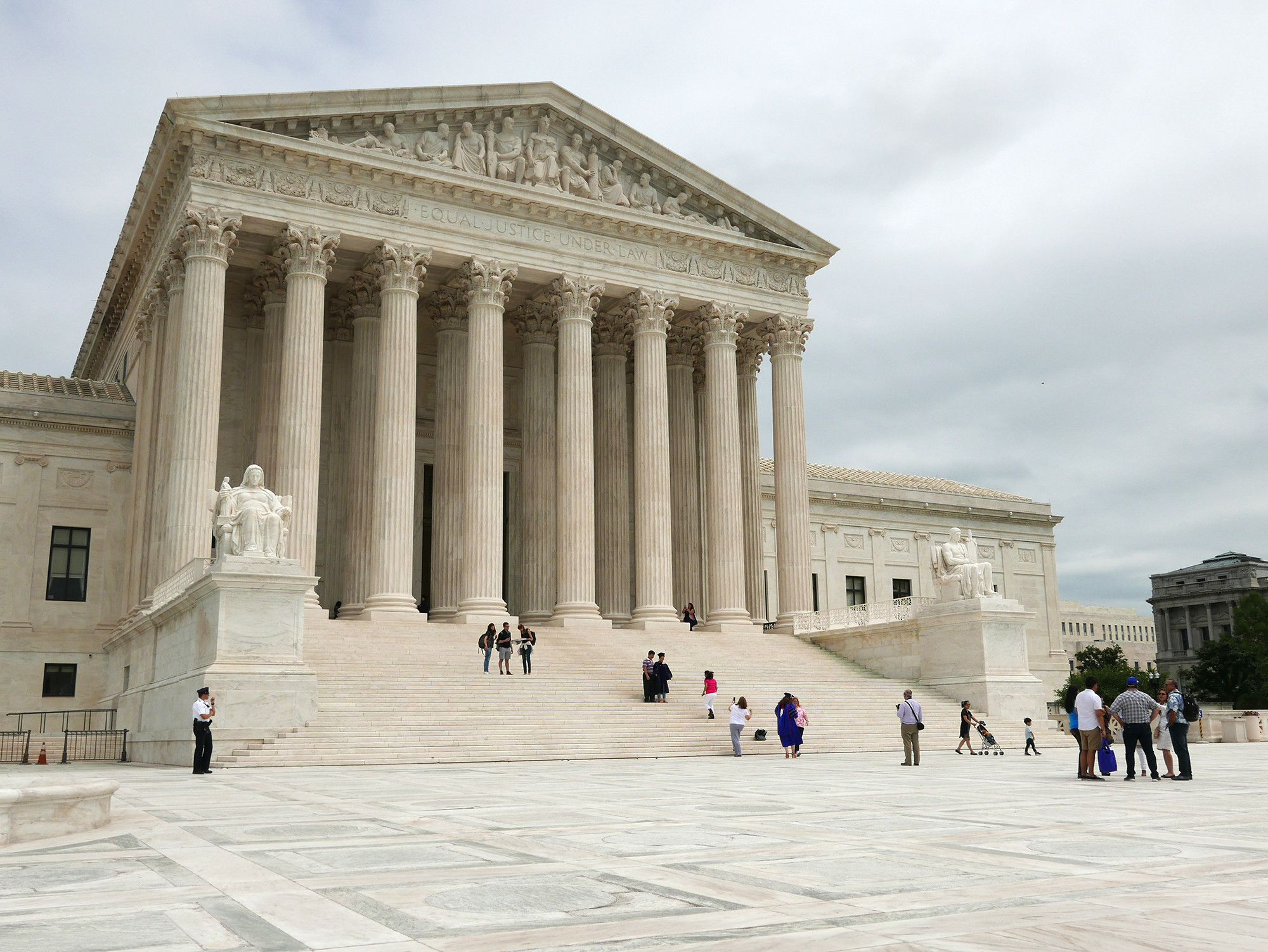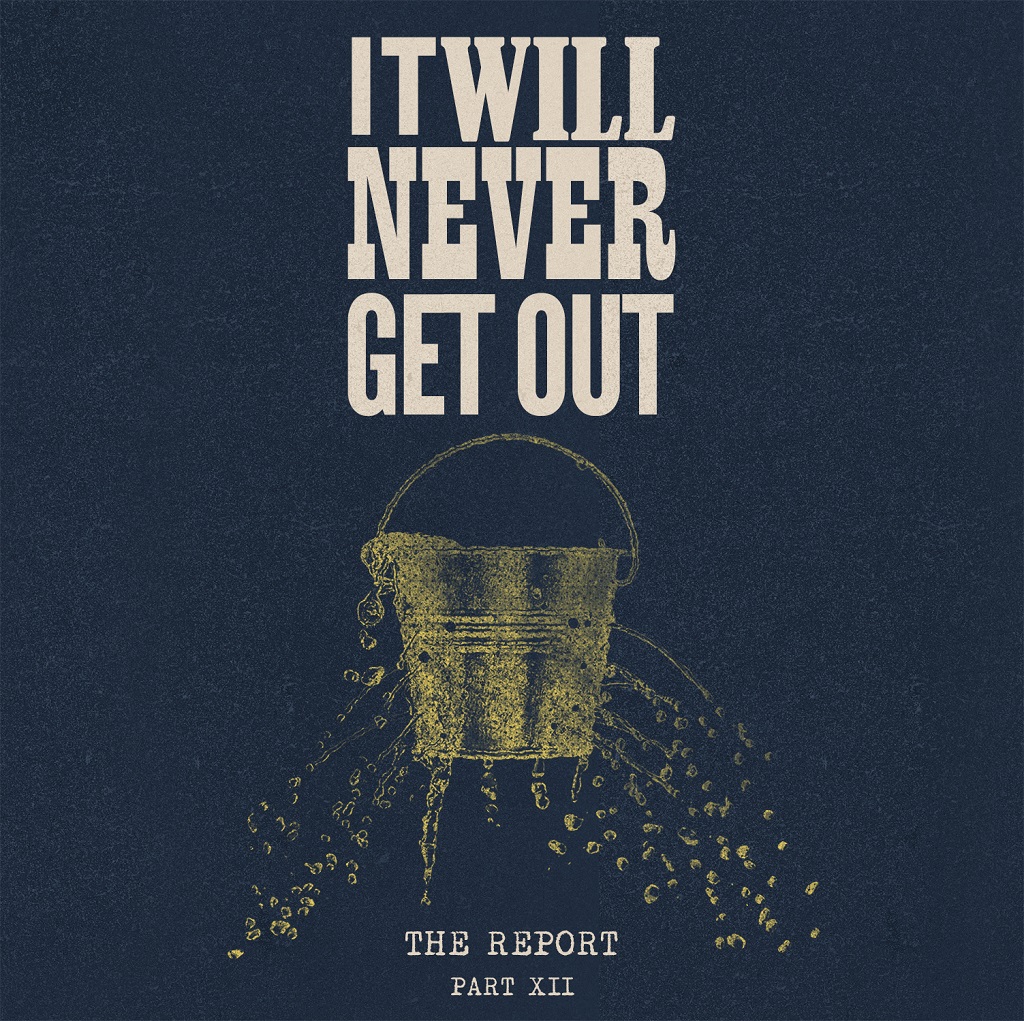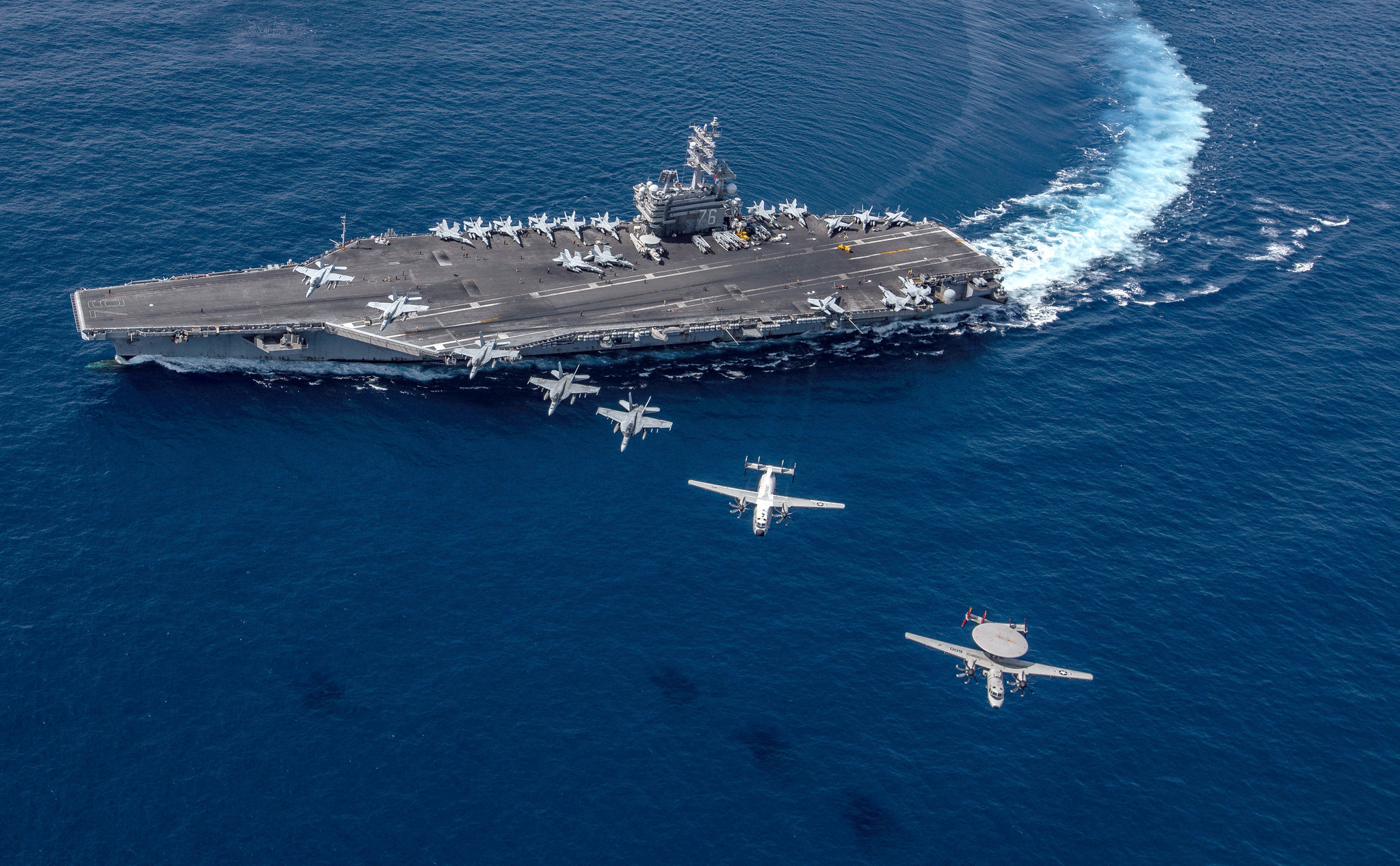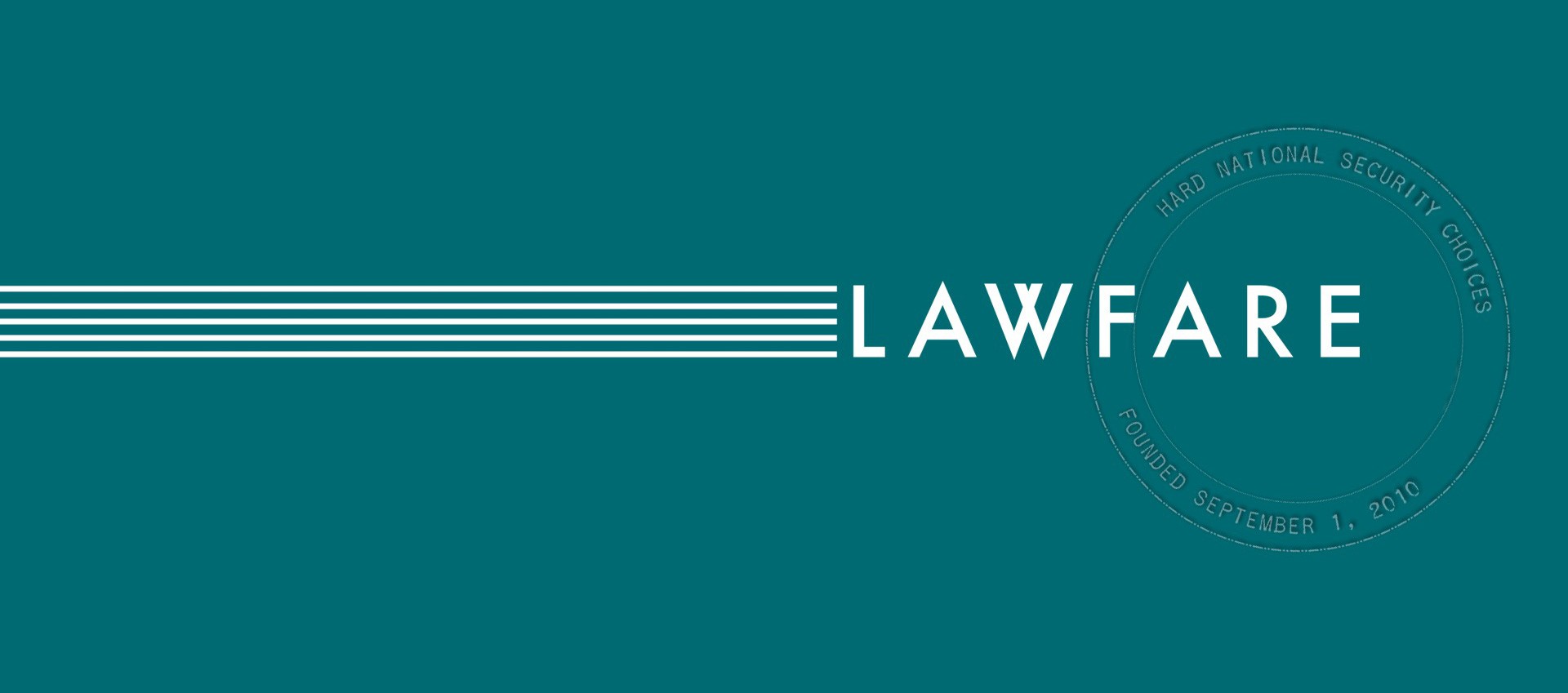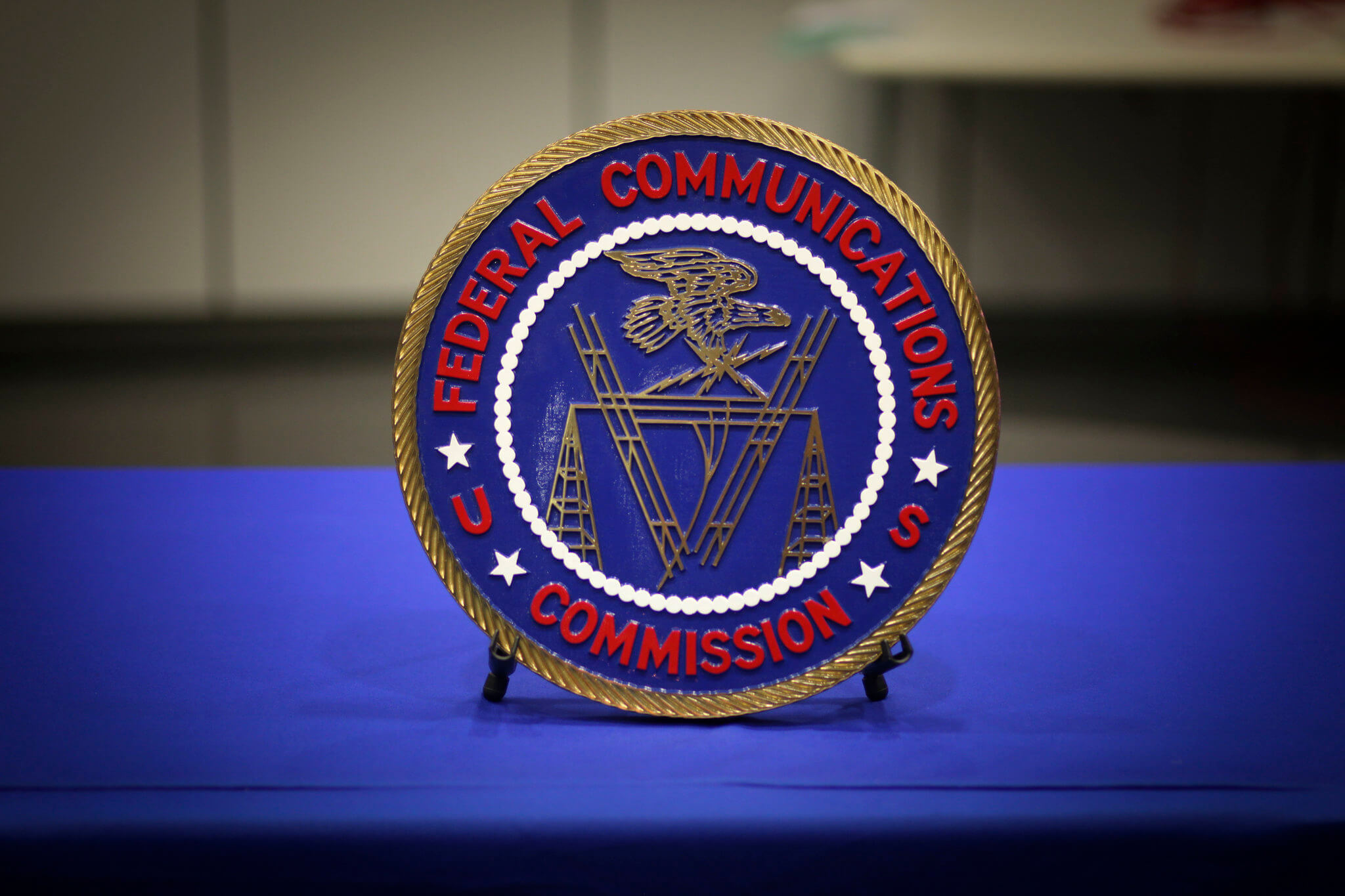-
Lawfare’s biweekly roundup of U.S.-China technology policy and national security news.
-
What would it take to make America more resilient against propaganda campaigns?
-
-
Why does the Justice Department laud indictments that communicate weakness?
-
How do six battleground states define and attempt to prevent voter intimidation?
-
The Trump administration has recently taken a series of actions aimed at addressing vulnerabilities in supply chains for critical minerals—materials that are scarce and yet crucial for economic and natio...
-
On Oct. 20, 2020, the Trump administration publicly released the unclassified portion of a long-overdue report on the legal and policy frameworks for the use of military force.
-
The indictment details a series of Russian cyberattacks between November 2015 through October 2019, which used highly destructive malware to cause electrical blackouts and disrupt business and government...
-
-
Last month, President Trump nominated Judge Amy Coney Barrett to the Supreme Court. We reviewed several of Barrett’s writings to glean what they might reveal about her views on issues important to Lawfar...
-
The process for selecting a new president begins with the states—and they may play a decisive role in resolving any disputes that might arise in 2020.
-
Lawfare’s daily roundup of national security news and opinion.
-
A review of Thomas Rid’s “Active Measures: The Secret History of Disinformation and Political Warfare” (Farrar, Straus and Giroux, April 2020)
-
The latest episode of the Cyberlaw Podcast.
-
-
Why has it taken until now for a Supreme Court justice to pay attention to Section 230 of the Communications Decency Act?
-
-
Today, we released the twelfth episode of Lawfare’s narrative audio documentary, The Report, which recounts the story Robert Mueller lays out in his 448-page report.
-
Recent incidents in the South China Sea have called into question whether some U.S. spy flights in international airspace violate international norms.
-
American businesses have not fully recognized the enhanced nation-state threat environment within which they are operating, and they do not entirely appreciate the difference between risks and threats.




























